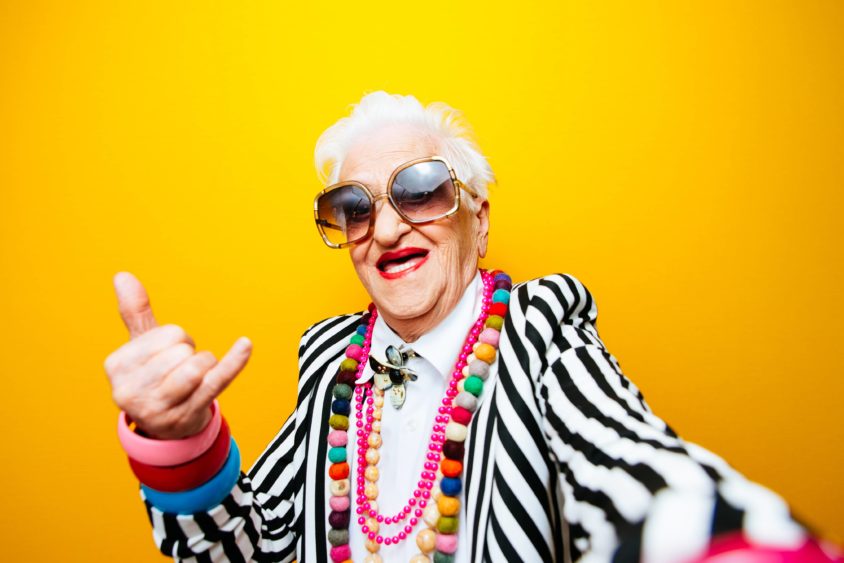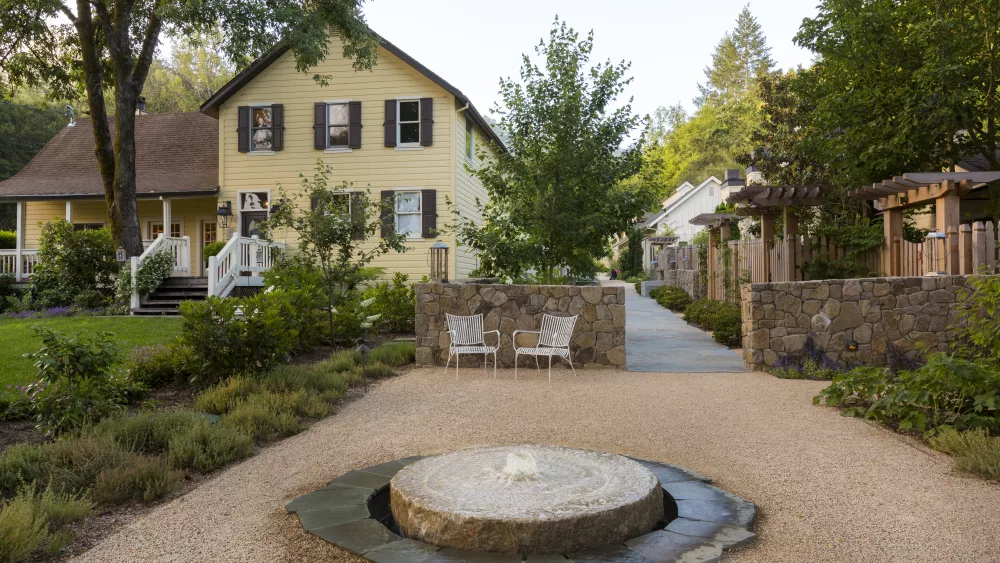
Is it because of my age? It’s a question I get asked frequently. My patients usually avoid eye contact and ask sheepishly, not really wanting to hear the dreaded answer that, yes, it’s their age.
Most everyone is familiar with the normal physiologic responses to age on the skin: atrophy of the epidermis, loss of skin tone and elasticity. There are preventative measures one can take, such as wearing sunscreen, moisturizing and having a skin-care routine. But let’s look at changes that happen to the heart, lungs and muscles as we age. By understanding the normal aging process, everyone can take steps to establish a preventative routine for physical health.
Blood pressure
Age can cause an increase in blood pressure, which can lead to hypertension. There are multiple reasons for hypertension and age is one of them. Blood pressure is the force of blood against the inner walls of your arteries. The American Heart Association and other health organizations have defined normal blood pressure to be less than 120/80 while resting. The lowering of this BP target in 2017 was an effort to identify individuals before further BP increases and to recommend lifestyle changes before the development of deleterious effects of high blood pressure.
Weight loss, reducing alcoholic beverages, and eating foods rich in minerals, calcium, magnesium and potassium are some of the ways to lower blood pressure. Additionally, meditation has been shown to reduce the risk of heart attacks and strokes in people with high blood pressure. Physical activity can help keep arteries flexible. If you already have high blood pressure, regular exercise can lower blood pressure by eight to 10 points, according to the American Heart Association.
The benefit of exercise
Regular exercise helps slow aging, and as a result, people live longer. A Harvard alumni study suggests that men who exercise regularly can gain about two hours of life expectancy for each hour of exercise.
Age can also have an impact on the level of activity our bodies can endure. As we age, cardiac output decreases (the volume of blood pumped by the ventricles of the heart). We also have a decrease in vital capacity, which is a reduction in ventilation and oxygen intake. These effects on cardiac output and vital capacity are more pronounced during activity. We compensate by doing less physical activity as we grow older. However, the trajectory of physical decline can be changed based on your level and frequency of activity.
Among my patients, those who are ranchers, are often able to continue work well into their 80s. They do tend to complain that they “can’t do as much anymore,” but what they are able to do is definitely more than what a 50-year-old with an office job at a desk can do.
A person who has been very active the majority of their life likely has a normal lean body mass (70% to 90%). A lean body mass declines with age due to atrophy and loss of muscle cells, which in turn can affect mobility. Lean body mass is the difference between total body weight and body fat weight. Muscle mass starts decreasing during one’s 40s, but the loss of muscle mass is concealed by an increase in fat mass. The decrease is more noticeable in women compared to men.
What can you do to improve lean muscle mass? You can begin by decreasing body fat, which can be accomplished by drinking plenty of water and avoiding fatty foods and simple sugars. It also helps to not skip meals or fast in an attempt to lose weight. Increasing lean body mass can also be accomplished by lifting weights, as well as taking power yoga classes and engaging in high-intensity circuit training.
Whether you’re looking to improve blood pressure or lean body mass, exercise is crucial. As you celebrate each milestone birthday, be sure to add and modify your activity routine as part of an anti-aging regimen. The more birthdays you have to your credit, the longer and more varied your physical activity needs to be.
Rajina Ranadive, M.D., is a board-certified internal medicine physician with Providence Santa Rosa Memorial Hospital. She is also the medical director at the Petaluma Post-Acute Rehab and Vineyard Post Acute. She can be reached at (707) 763-9891.




